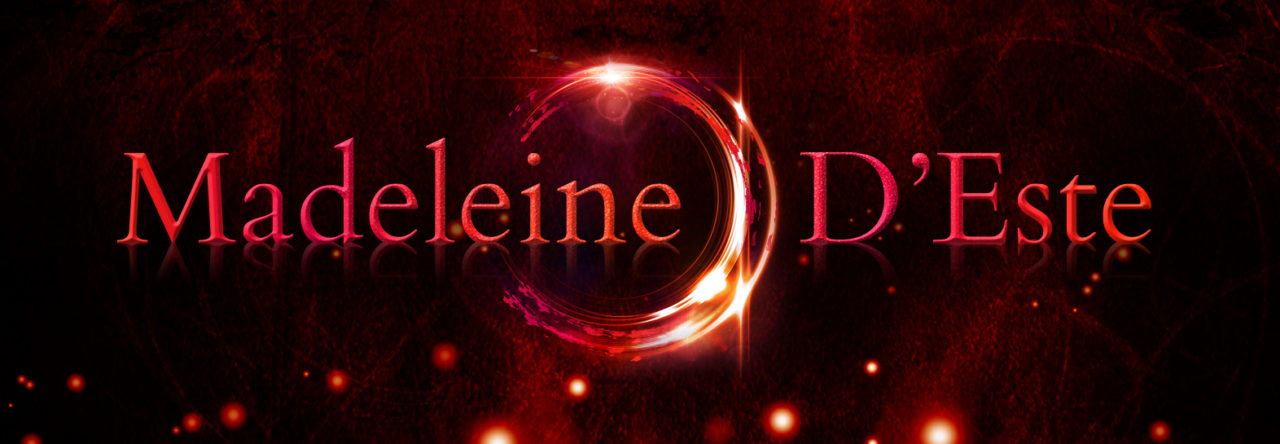Today I’m speaking with Beverley Lee as she launches her new dark fantasy novel, The Making of Gabriel Davenport.
Beverley is also the moderator of April 2016’s Monthly Writing Challenge. A great way to form habits in your writing. But let’s hear about Beverley’s exciting new release.
How would you describe The Making of Gabriel Davenport?
It’s a dark fantasy, set in the present but with definite ties to the past.
In a house built on truth something lays hidden.
Beth and Stu Davenport moved to the English hillside town of Meadowford Bridge to give their young son, Gabriel, an idyllic, rural childhood. But in a single evening, the Davenports’ dream is shattered by a hidden, ancient darkness– and their lives are forever changed.
Years later, Gabriel Davenport, now a capable, curious young man, makes the ill-fated decision to go looking for answers about his mysterious past. As soon as he begins his quest, his life becomes a place of shadows. The people he loves and trusts are acting abnormally. The strange woman who lives upstairs is even more haunted than usual. Even his most trusted friend seems to be hiding something.
As one fateful night deepens, and the line blurs between darkness and light, Gabriel must confront the terrible events that destroyed his family all those years ago. He is faced with a choice: continue living the life that was never his to begin with, or give himself over to a terrifying new reality more sinister than anything he’s ever known.
The darkness is watching.


